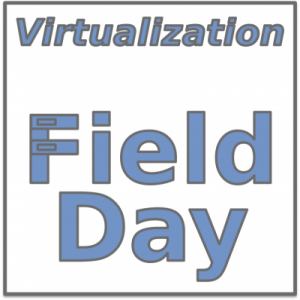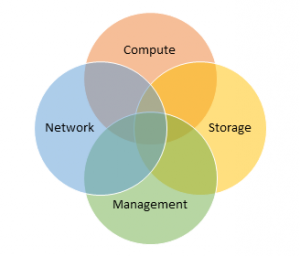Fun news in the Hyperconverged Infrastructure space today: SimpliVity has announced both a $175million Series D funding round and an over $1B valuation. I was fortunate enough to join the company just after last year’s $58 million round and am thrilled to be here as we surpass $276 Million in total funding to help drive our hyper-growth. We’ve grown 130% from last year, to 400+ employees and are anticipating/planning on being around the 800 people mark by the end of the year. This current round of funding will put us well on the way of funding this major expansion.
The funding and valuation make a of couple points. First: Hyperconverged Infrastructure is a very real, and very massive market. A report from Gartner estimates that, by 2018, there will be $18B spent annually on integrated systems, of which Hyperconverged Infrastructure is a significant portion. And, depending on which research firm’s religion you subscribe to, the total addressable market is somewhere between $100B and $400B.
Second: investors believe in SimpliVity. It started out (as all young companies do) with investors believing in a vision and leadership. Well, that got us through the first couple of rounds. 9 months after the OmniCube went GA, investors started seeing the fruits and wanted to be a part of the first wave of expansion. This brought us through the C round. Now that another year has gone by, something interesting happened. Waypoint Capital began as a SimpliVity customer, seeking to simplify their datacenters and provide global management, backup and disaster recovery on a single platform. Only SimpliVity could supply this, and currently 100% of Waypoint’s IT across 5 datacenters runs on OmniStack. They were so impressed that they were compelled to lead a new round of funding, along with some previous investors. We’ve grown from funding solely by investors who buy into the vision to investors who not only believe in the vision, but whose own infrastructures have been transformed by SimpliVity’s Hyperconverged Infrastructure.
For perspective on the valuation, SimpliVity has reached the $1B mark after only 23 months of shipping product. Let that sink in. Under 2 years, making it one of the fastest growing infrastructure companies in IT, ever. We’re taking that as a hefty vote of confidence.
One of the unheralded aspects of SimpliVity is the global footprint strategy: full North America and EMEA availability, sales, and support from day one. Most companies will start in North America and spread slowly into different international regions. Since release, more than 50% of sales have been outside of the U.S., and in 2014, we expanded with resellers in 50 countries and employees in 18.
I’m excited to be a part of SimpliVity and am proud of the market and investor validations from vision to results. Don’t just take it from me, take if from our customers.
https://www.youtube.com/watch?v=ClTTp5WTnIA



